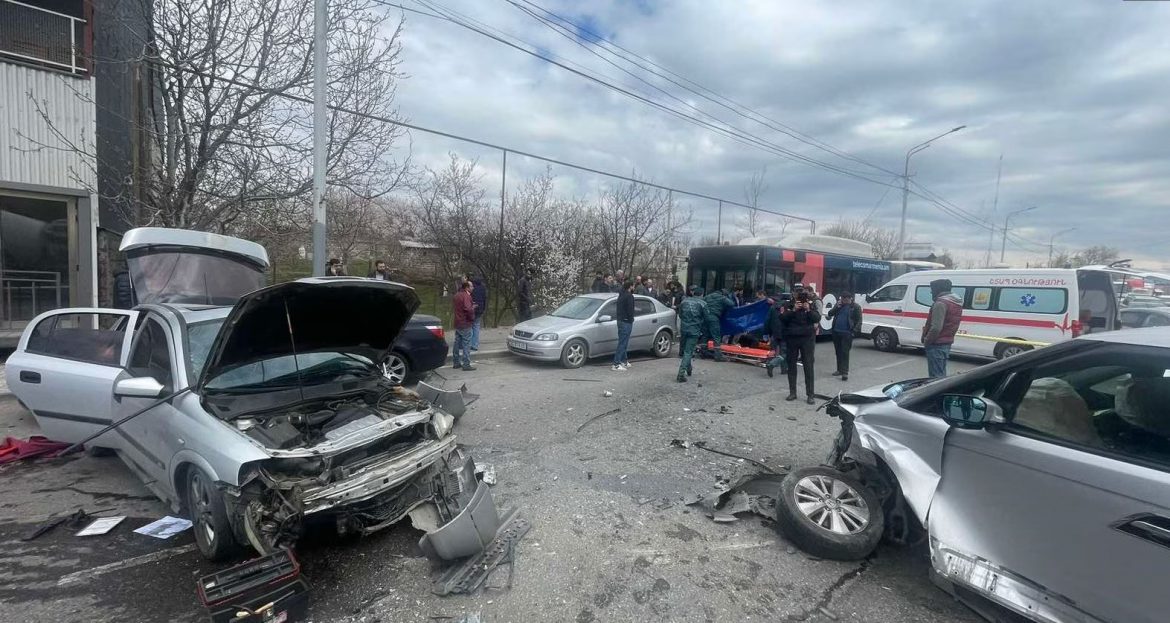Interior Minister Vahe Ghazarian caused confusion among many drivers on Tuesday by suggesting that the significant increase in traffic fatalities in Yerevan last year, by 55 percent, was primarily due to what he termed as the excellent quality of the city’s roads.
According to Armenian police statistics, 82 individuals lost their lives in various road accidents in Yerevan, a stark rise from 53 deaths in 2022. Moreover, the overall number of accidents increased from 1,990 to 1,797.
Ghazarian attributed the deteriorating road safety in Yerevan to the absence of potholes, which he claimed encourages speeding. He stated this before Armenian lawmakers, highlighting that extensive analysis had been conducted by the police.
Contrary to Ghazarian’s assertion, there is widespread anecdotal evidence suggesting the poor condition of the city’s roads. Many roads are now riddled with potholes, a sight not witnessed in years. During a brief ten-minute drive in the Armenian capital, an RFE/RL reporter counted over three dozen potholes.
Drivers voiced their concerns, describing these potholes as resembling trenches rather than mere surface irregularities. Municipal authorities attribute this deterioration to the winter weather and the use of chemicals for snow and ice clearance. They have announced plans to commence large-scale road repairs imminently, particularly due to the unusually warm winter experienced in Armenia.
The escalating number of road fatalities in Yerevan mirrors a national trend. Police data indicates that road accidents claimed 378 lives across the country last year, up from 321 in 2022, with the total number of accidents increasing by 7 percent to 4,613.
This surge in fatalities coincides with the ongoing expansion of Armenia’s new Western-funded road police. The Patrol Service, established in 2021 and extended to all regions of the country by 2023 with support from the United States and the European Union, aimed to implement Western standards in road policing. However, critics frequently accuse newly trained Patrol Service officers of incompetence.
Lenient and inconsistent road policing practices also contribute to the problem, potentially explaining the declining use of seat belts among Armenian motorists. Despite this, Prime Minister Nikol Pashinyan and other officials consistently portray the Patrol Service as a successful aspect of police reforms initiated by the current Armenian government.
Pashinyan’s administration, which came to power through the 2018 “velvet revolution,” has been critical of the former government’s strict enforcement of traffic rules, opting to forgive fines for thousands of car owners and reducing penalties for traffic violations. However, some penalties were later reinforced after a surge in traffic fatalities from 279 in 2017 to 343 in 2018.




